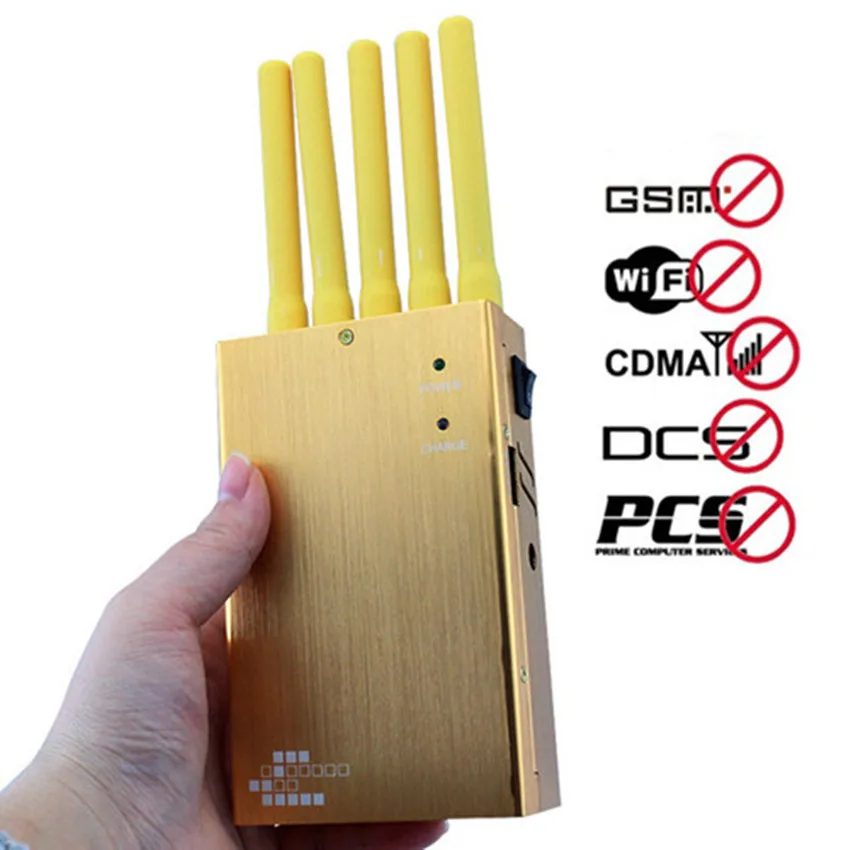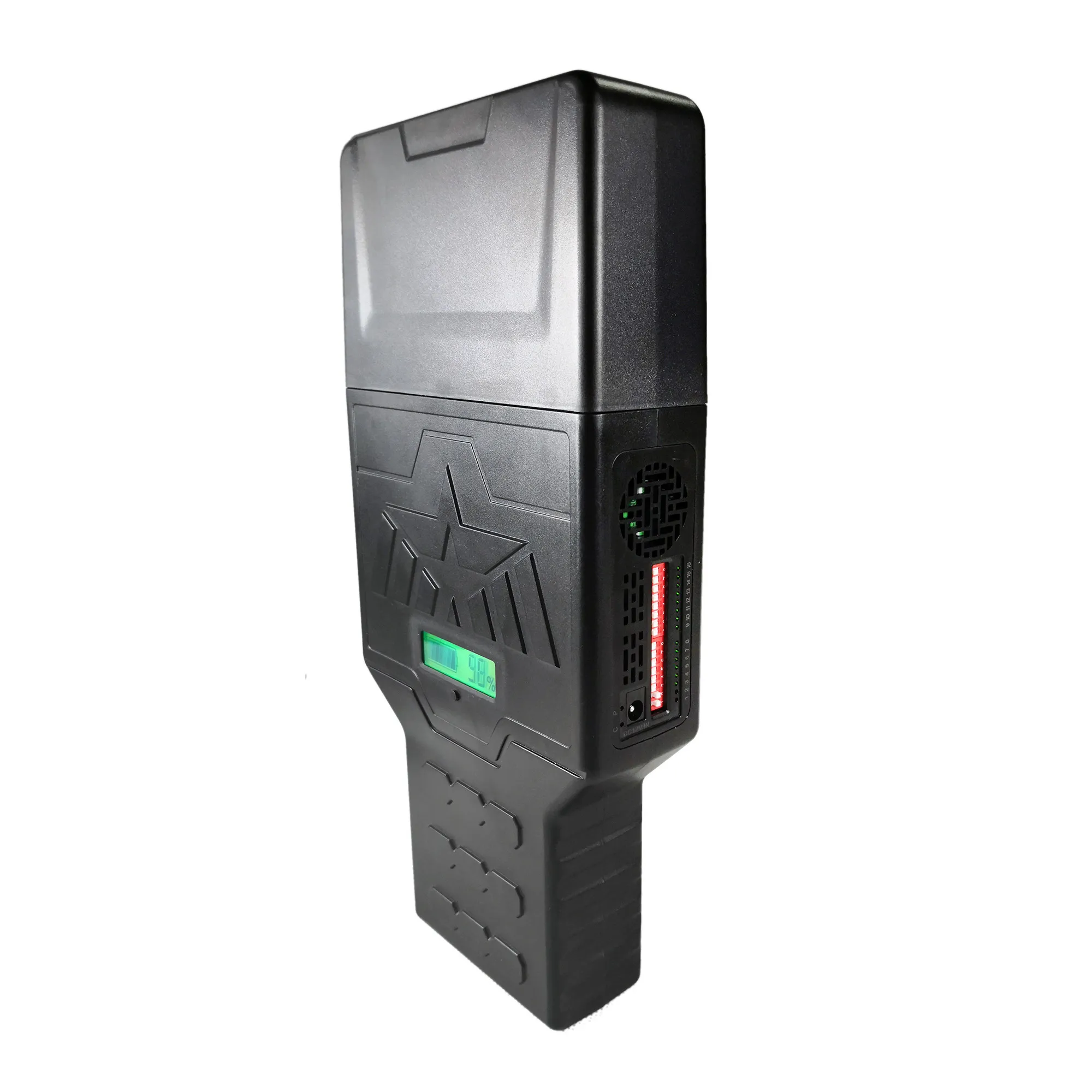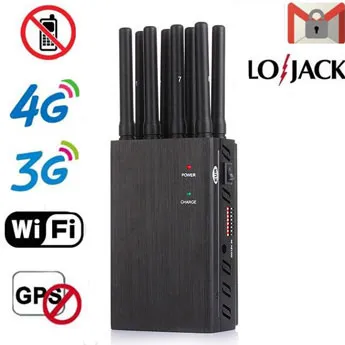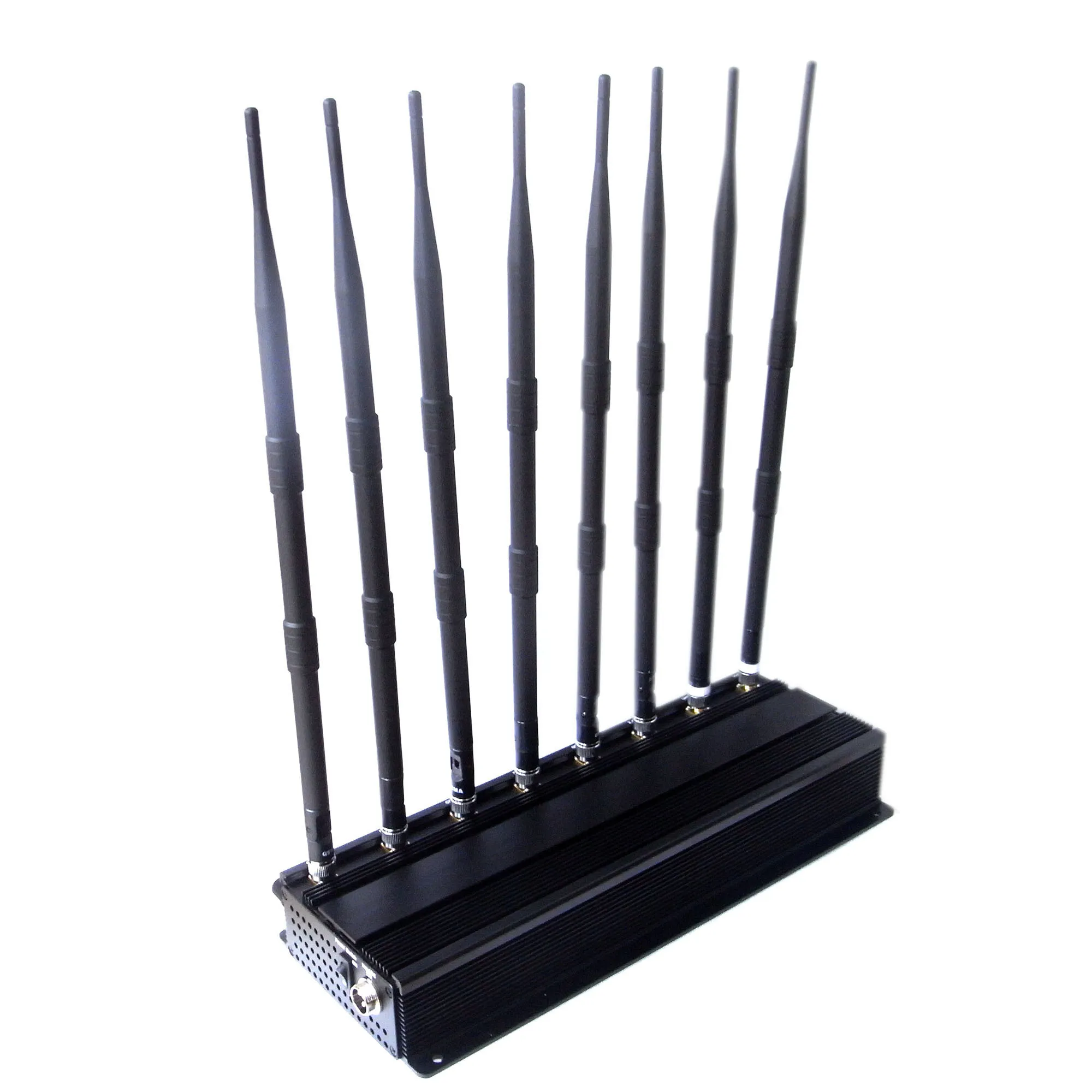Wars in the 21st century have become very dependent on real-time communications with troops of all sizes. Not surprisingly, every military has developed satellite jamming capabilities. Whether it is communicating with global naval battle groups or communicating with special forces behind enemy lines, satellite communications are the most reliable means of coordination, real-time access to mission-critical intelligence, and sharing of enemy operations and intelligence. The ability to interfere with the enemy’s satellite communications link is considered a high strategic priority, so that the first weapon acquired by the newly formed US space force is satellite jamming. Satellites responsible for continuous coverage of most areas of the earth must be placed in orbits with sufficiently high altitude. Therefore, although their position can be determined (in essence, they are geostationary satellites, so their position relative to the earth is fixed), it is a challenge to directly physically locate them at such a high altitude. To focus on it is much more efficient to interfere with the signals they transmit, so we need to use large anti-GPS Jammers weapons to counterattack.
Although many people may not know what an IMSI catcher (also known as a stingray) is, anyone who has watched at least one crime drama or spy thriller in the past two decades can immediately recognize the idea of the device. To capture the international mobile subscriber identity (IMSI) of a mobile phone is the key to tracking its location, intercepting its messages and even preventing it from accessing the network. With the rapid development of mobile communications, it is difficult to know who is making more use of these functions, whether it is good or bad. In order for mobile communications to be widely adopted, all manufacturers must adopt the same well-known protocol so that any device can communicate over any network. Since this means that the device is anonymous to the network and vice versa, it becomes relatively easy for an "imposter" to position itself as an "middleman". The IMSI captures another base station that presents itself to the device, only providing services to facilitate communication, even though the base station's signal is convenient. Since most devices are designed to always seek a better signal, devices within range of the stingray will easily connect to it to make outgoing calls and send messages. On the other hand, the device has a SIM card, which can be used to connect to a legitimate base station to completely complete the communication with the receiver. Now, IMSI catcher is strategically speaking, no matter how the conversation proceeds, it is an invisible middleman. Not only that, but now that the device has been identified, it can be monitored, jammers or completely shut down based on the interceptor’s motives. In the end, even switching the SIM card will not restore the user's anonymity, because the device IMEI number has also been registered by the IMSI-catcher for future tracking.











